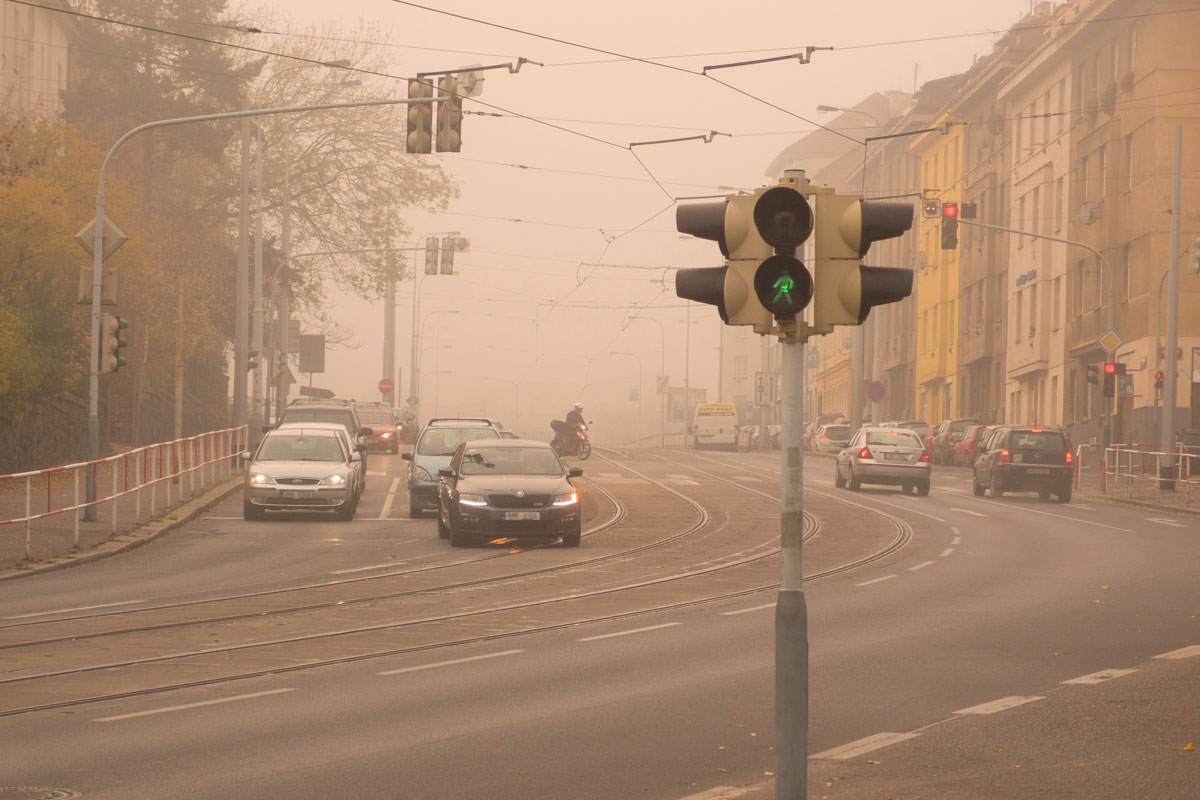Europe on the Move
Commission completes its agenda for safe, clean and connected mobility
The Juncker Commission is undertaking the third and final set of actions to modernise Europe’s transport system.
In his State of the Union address of September 2017, President Juncker set out a goal for the EU and its industries to become a world leader in innovation, digitisation and decarbonisation. On May 17, building on the previous ‘Europe on the Move’ of May and November 2017, the Juncker Commission is putting forward a third and final set of measures to make this a reality in the mobility sector. The objective is to allow all Europeans to benefit from safer traffic, less polluting vehicles and more advanced technological solutions, while supporting the competitiveness of the EU industry. These initiatives include an integrated policy for the future of road safety with measures for vehicles and infrastructure safety; the first ever CO2 standards for heavy-duty vehicles; a strategic Action Plan for the development and manufacturing of batteries in Europe and a forward-looking strategy on connected and automated mobility. With this third ‘Europe on the Move’, the Commission is completing its ambitious agenda for the modernisation of mobility.
“Mobility is crossing a new technological frontier. With this final set of proposals under the Energy Union, we help our industry stay ahead of the curve. By producing key technological solutions at scale, including sustainable batteries, and deploying key infrastructure, we will also get closer to a triple zero: emissions, congestion and accidents,” Vice-President responsible for Energy Union, Maroš Šefčovič said.
“All sectors must contribute to meet our climate commitments under the Paris Agreement. That’s why, for the first time ever, we are proposing EU standards to increase fuel efficiency and reduce emissions from new heavy-duty vehicles. These standards represent an opportunity for European industry to consolidate its current leadership position on innovative technologies,” Commissioner for Climate Action and Energy, Miguel Arias Cañete added.
“Over the past year, this Commission has put forward initiatives addressing the challenges of today and paving the way for the mobility of tomorrow. Today’s measures constitute a final and important push so that Europeans can benefit from safe, clean and smart transport. I am inviting the Member States and the Parliament to live up to our level of ambition,” Commissioner for Transport, Violeta Bulc mentioned.
“90% of road accidents are due to human error. The new mandatory safety features we propose today will reduce the number of accidents and pave the way for a driverless future of connected and automated driving,” Commissioner for Internal Market, Industry, Entrepreneurship and SMEs, Elżbieta Bieńkowska underlined.
With these initiatives, the Commission aims to ensure a smooth transition towards a mobility system which is safe, clean and connected & automated. Through these measures, the Commission is also shaping an environment allowing EU companies to manufacture the best, cleanest and most competitive products.
Safe Mobility
While road fatalities have more than halved since 2001, 25,300 people still lost their lives on EU roads in 2017 and another 135,000 were seriously injured. The Commission is therefore taking measures with strong EU added-value to contribute to safe roads and to a Europe that protects. The Commission is proposing that new models of vehicles are equipped with advanced safety features, such as advanced emergency braking and lane-keeping assist system for cars or pedestrian and cyclists’ detection systems for trucks. In addition, the Commission is helping Member States to systematically identify dangerous road sections and to better target investment. These two measures could save up to 10,500 lives and avoid close to 60,000 serious injuries over 2020-2030, thereby contributing to the EU’s long-term goal of moving close to zero fatalities and serious injuries by 2050 (‘Vision Zero’).
Clean Mobility
The Commission is completing its agenda for a low-emission mobility system by putting forward the first ever CO2 emissions standards for heavy-duty vehicles. In 2025, average CO2 emissions from new trucks will have to be 15% lower than in 2019. For 2030, an indicative reduction target of at least 30% compared to 2019 is proposed. These targets are consistent with the EU’s commitments under the Paris Agreement and will allow transport companies – mostly SMEs – to make significant savings thanks to lower fuel consumption (EUR 25,000 over five years). To allow for further CO2 reductions, the Commission is making it easier to design more aerodynamic trucks and is improving labelling for tyres. In addition, the Commission is putting forward a comprehensive action plan for batteries that will help create a competitive and sustainable battery ‘ecosystem’ in Europe.
Connected & Automated Mobility
Cars and other vehicles are increasingly equipped with driver assistance systems, and fully autonomous vehicles are just around the corner. The Commission is proposing a strategy aiming to make Europe a world leader for fully automated and connected mobility systems. The strategy looks at a new level of cooperation between road users, which could potentially bring enormous benefits for the mobility system as a whole. Transport will be safer, cleaner, cheaper and more accessible to the elderly and to people with reduced mobility. In addition, the Commission is proposing to establish a fully digital environment for information exchange in freight transport. This will cut red tape and facilitate digital information flows for logistic operations.







